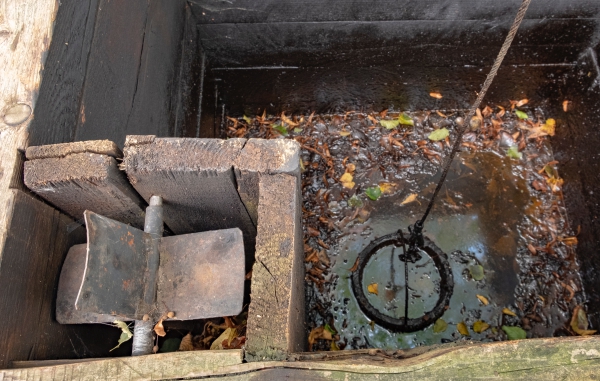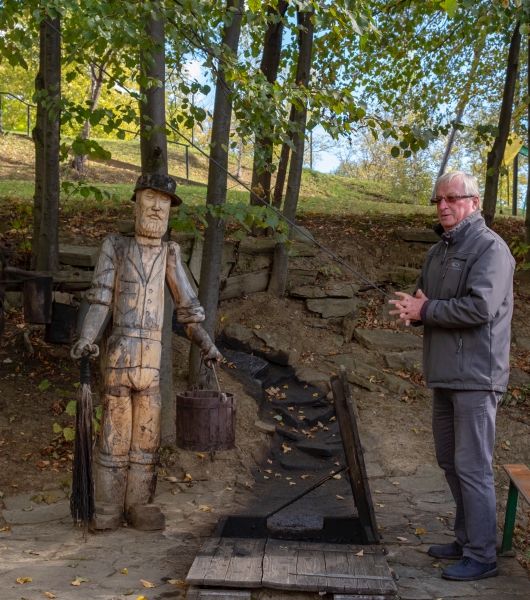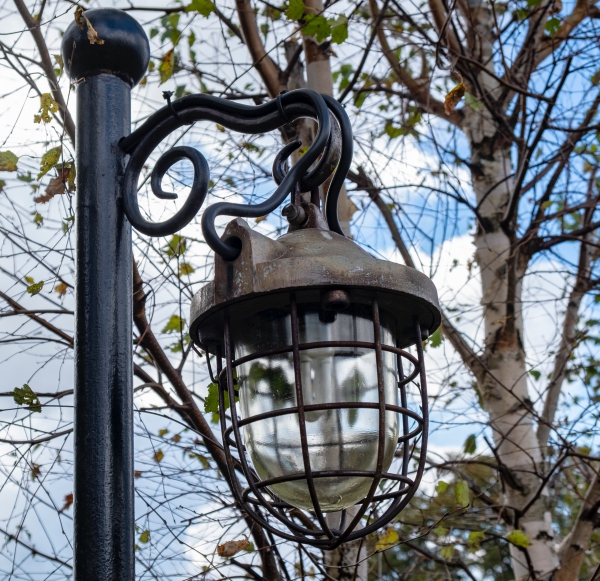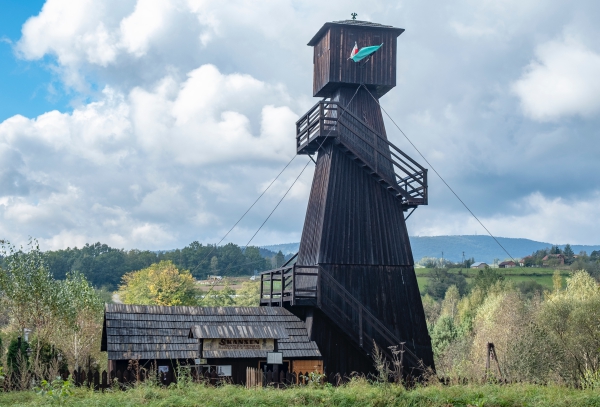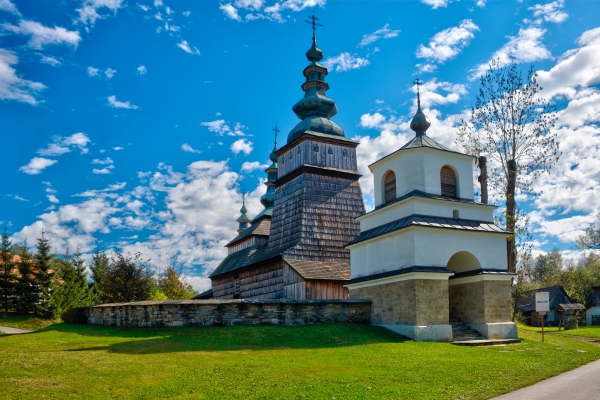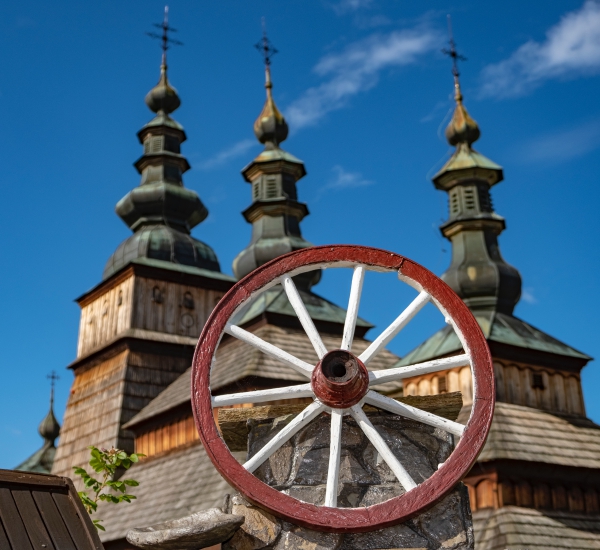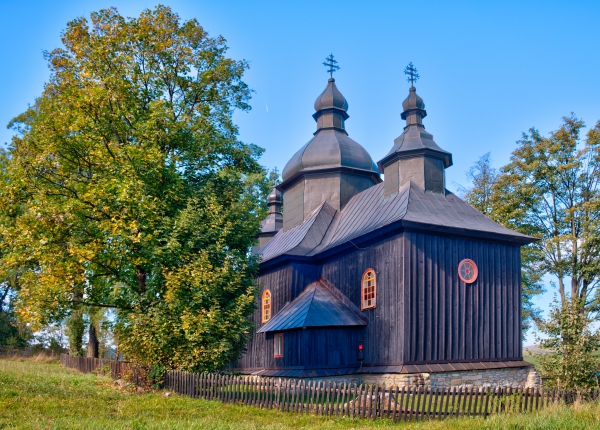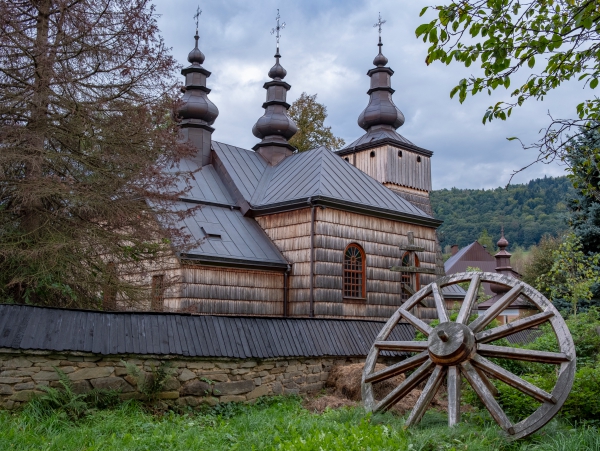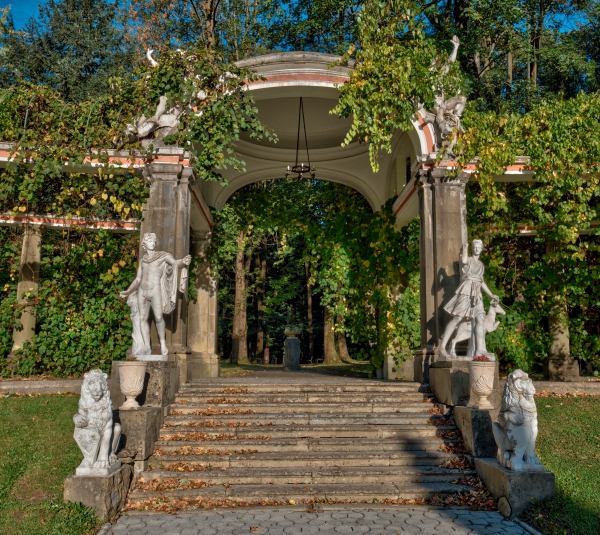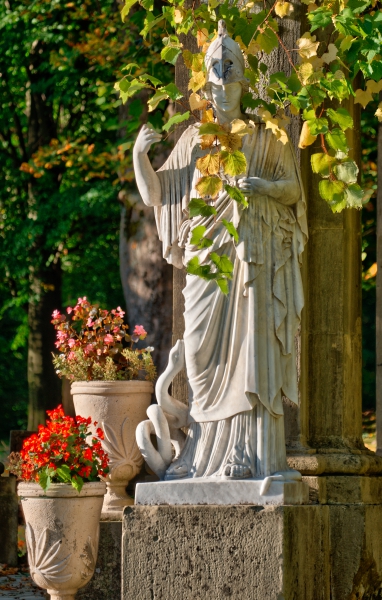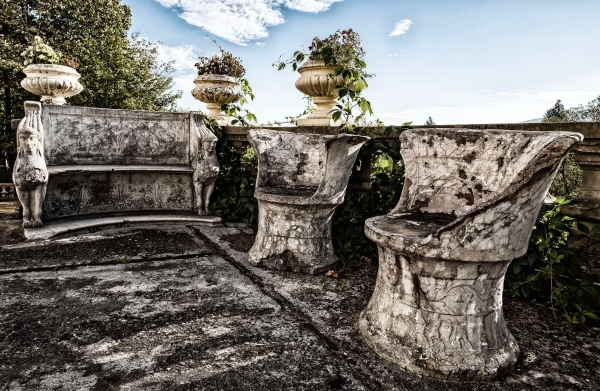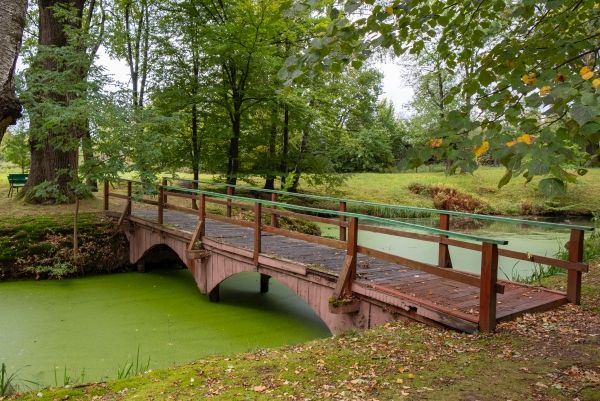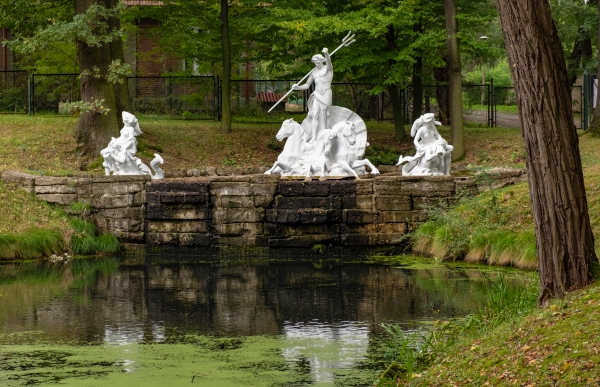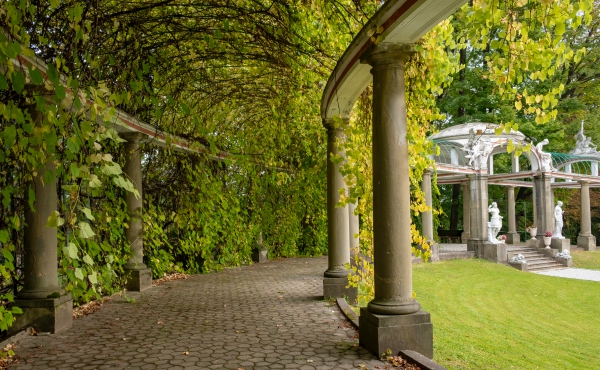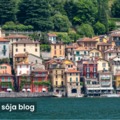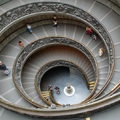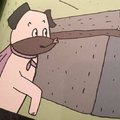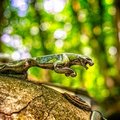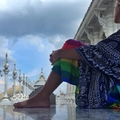The oil industry was not born in Texas, let alone in Saudi Arabia, but in southern Poland, in Gorlice and its surroundings.
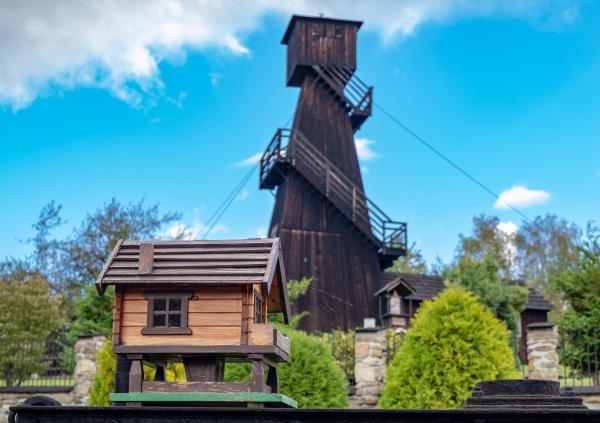
Those who were paying close attention during history classes may remember the name Gorlice as the clashes that occurred here during World War I took one of the heaviest tolls and were a turning point in the war. Actually, there are more useful and awesome things that make, or at least could make, known the name of Gorlice (which is only a roughly five-hour drive from Budapest).
Petroleum, the first oil lamp, street lighting using oil lamps and the first oil refinery are all members of the Gorlice “family” headed by an Armenian-born pharmacist Ignacy Łukasiewicz.
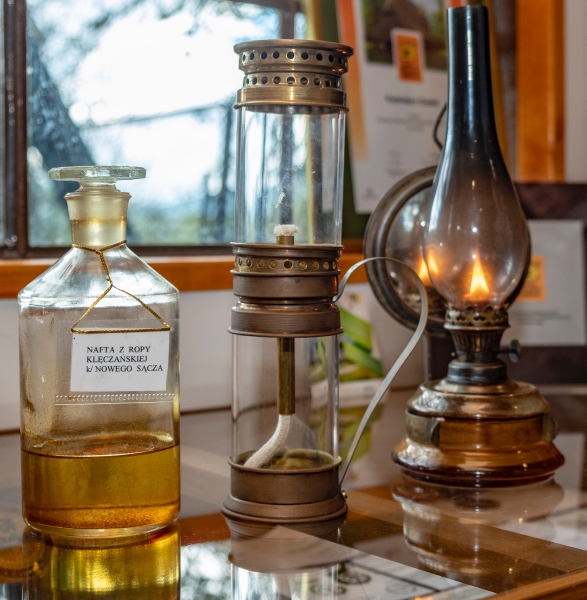
We followed in his footsteps in Gorlice and its surroundings, and – although we could not pronounce his name properly even at the end of our trip – we discovered a tourist region where history, nature, science, sports and gastronomy go hand in hand to ensure a great trip for travellers.
Our tour in the Siary forest near the Gorlice, nicknamed by the locals as the “deserted forest”, began as a regular forest walk. Janusz, our tour guide, is one those few who take their profession very seriously. He had a story about every single tree and bush. “Here, there used to be a cholera cemetery, there you can see the old trenches used during the war,
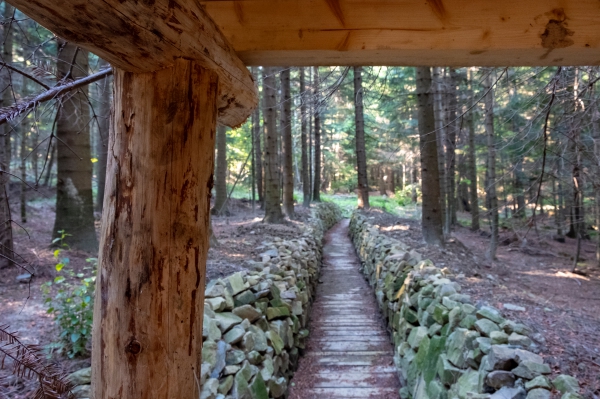
and over there, you can see that a new hiking trail is being built”, he said. In spite of the many stories, as we got deeper and deeper into in the woods, we felt that it was much more than that just a forest; there was something unusual about the Siary forest, it was different from any other forests we had ever been to. And then we arrived to a pit, where Janusz proudly pointed with his finger to its bottom and told us that there was the “black gold of Gorlice” at the bottom, i.e. oil.
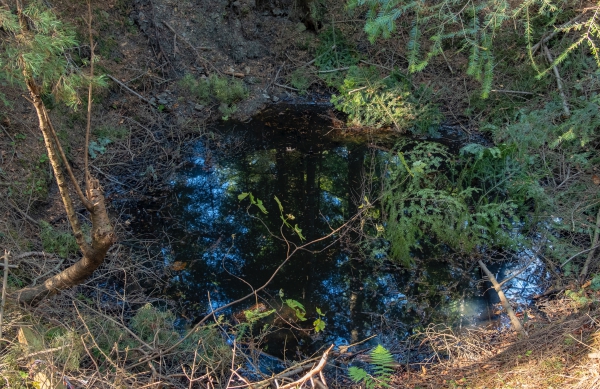
We were standing in the middle of an “oil forest” where oil has been gushing up from the ground since the 16th or 17th century. They did not even have to look for it, it showed itself. True it is that they did not know what to do with it back then; they used to smear it on the walls and floors of houses. The history of oil started in Gorlice only when Ignacy Łukasiewicz, an experimentative pharmacist, arrived to the region, where there are several other oilfields beside Siary.
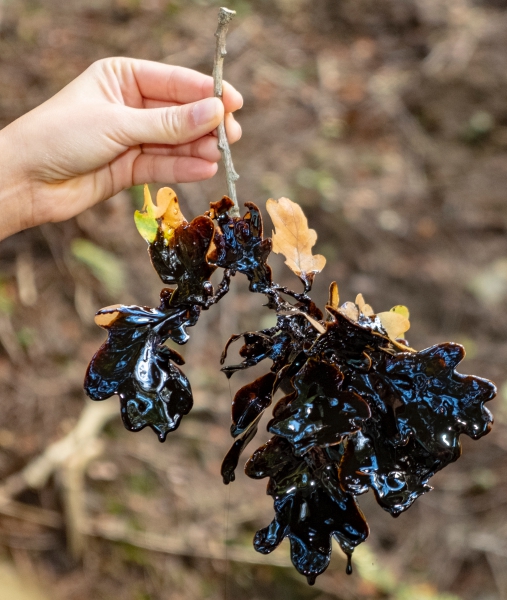
He continued distilling the black gold until it became suitable for lighting. In 1853, he also developed the world’s first oil lamp which was tested in a nearby hospital in Lwów (Lemberg), and became so successful that the inventor was immediately swamped with orders from customers. This experimentative soul, however, could not rest and further developed his lamp until he got the oil lamp that became well-known and spread throughout the world. A few months later, oil lamps were introduced in street lighting in Gorlice (the first oil lamp was used as street lighting in the winter of 1853-54).
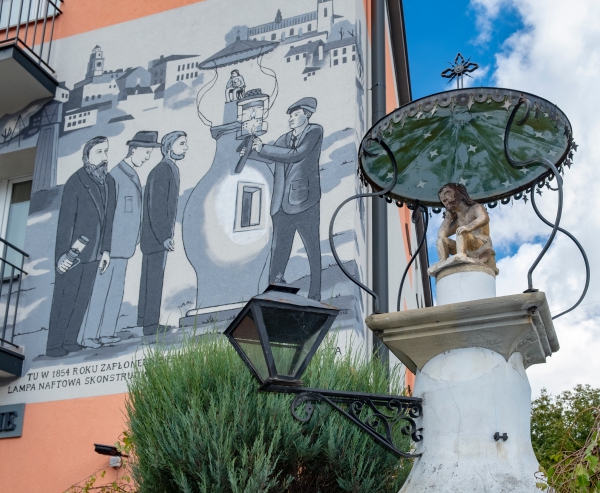
The use of oil lamps, however, required an oil-based fuel source, and even though oil was abundant in the vicinity of Gorlice, extraction and refining techniques were yet to be developed by Łukasiewicz and some enterprising people from Gorlice. They got assistance from miners from other regions, and soon the first oil wells began to be built in the area.
In the forest, Janusz explains how difficult and dangerous the digging of oil wells was at that time. Wells were built manually, centimetre to centimetre, with constant collapses of the shaft and water intrusions.The oilfield has become depleted by now; there is hardly any oil left. That is why locals are working to show tourists the moments when oil history was born in Gorlice.
From the forest, we moved on and explored the area in all-terrain vehicles. We made an off-road tour in the hilly landscape of the northern Carpathians.
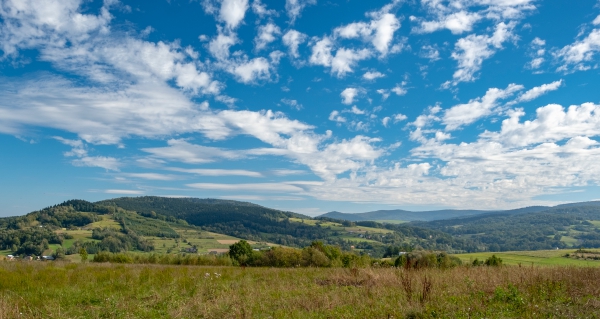
We followed the trail of wild horses, but they wouldn’t show themselves so we had to make do with seeing cattle grazing over 70 different kinds of herb (the meat of which has recently been labelled better than that of Angus cattle) and shepherds who invited us to their cheese smoking facilities.
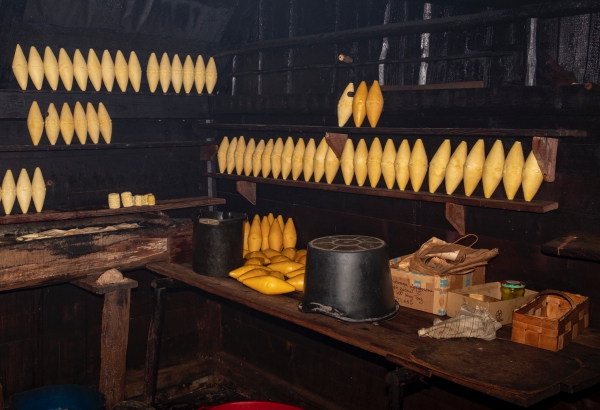
Whenever we started to feel that we had no idea where we were, a wooden church appeared, of which there are several in this area. One can never get bored of their structure and interior design; I feel like visiting all of them, which, by the way, are UNESCO World Heritage Sites. Most of them are Greek Catholic churches from the 16th or 17th century, and their icons represent a significant value.
Hikers and mountain bikers regularly crossed our path. Łosie, a 19th century village founded by oil traders, was our next stop. Following the industrialisation of extraction and refining, many families living in Gorlice and the surrounding country decided to get into the oil trading business. Petroleum was carried in barrels in horse-drawn carriages, and delivered even to the most remote areas of the Austro-Hungarian Monarchy. Each family used a different route. I was happy to discover that they used to pass by the village where I was born, so there is a chance that my grandparents used oil from Gorlice in their lamps. “It's a small world”, as they say.
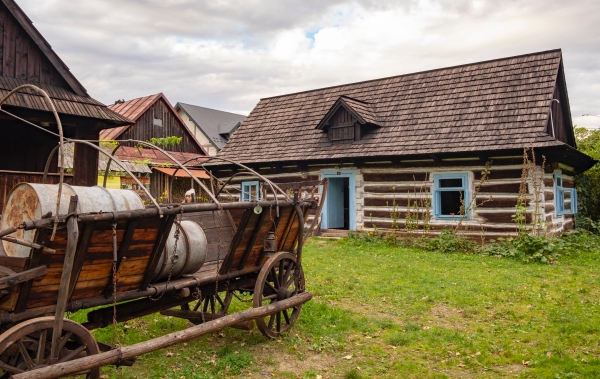
As I was sitting among timber-frame houses beside some barrels, I remembered what Janusz had told us in the woods near the former oil deposits. The local population and those who came here for the oil handled the sudden wealth in different ways. Some built churches from the revenues of their oil wells, while others “bought love” together with a castle (see the stories here in the text box).
During our stay in Gorlice, we were staying in the former palace of the Długosz family.
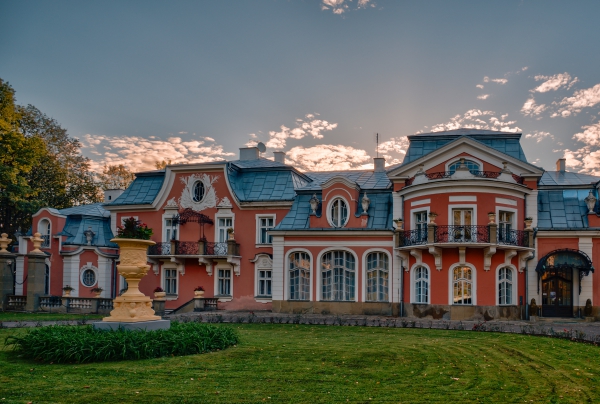
This small castle now functions as a hotel; you can find their affordable rooms at booking.com. Of course, the history of this castle is closely related to oil. In the 19th century, the building was acquired by a Captain of the Austro-Hungarian Monarchy, who had it renovated, the garden restored and an orangerie built. The Długosz family was a family of judges from Kraków, and their son came to the area looking for oil, but he found love instead. He fell in love with the daughter of the castle’s lord. The Captain, of course, did not agree to the marriage of her daughter with the Długosz boy, who had become penniless during his quest for oil. The boy went to work for one of the oil companies as a simple worker, and, thanks to his ambition, soon became a manager. He discovered a so far unknown oil deposit, which was a recipe for wealth and love. He purchased the castle from the Captain, and married his daughter. Later on he also had an impressive political career in Galicia. For him, oil was truly “black gold”.
Of course, the castle also suffered damages between and after the two world wars (it served as stables and the offices of an agricultural cooperative). Długosz’s wife continued to live in Gorlice until the ‘60s and – unsuccessfully – tried to repurchase the castle several times. Finally, only her granddaughter was able to retake possession of the family estate in the ‘80s.
Oil industry grew dynamically in Gorlice and its surroundings. In the outskirts of the city, one can visit the milestones of industrial oil production, from excavation equipment mounted on a tripod to mechanised pumpjacks.
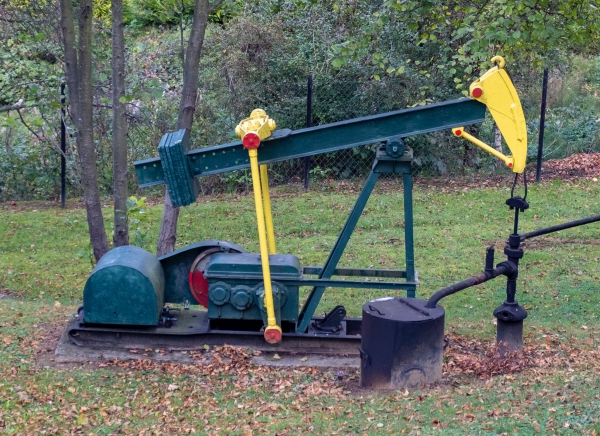
For nearly one and a half centuries, black gold determined the lives of people living here; perhaps they could have taken even more pleasure in this situation without the two world conflagrations. We visited the City Museum to see the first oil distillery of Łukasiewicz,
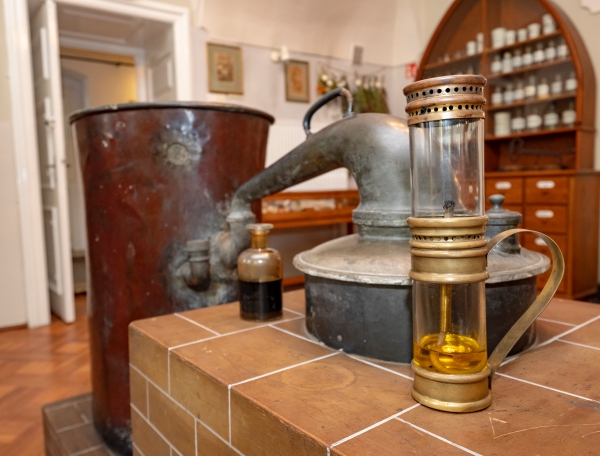
but then could not avoid checking out the rooms presenting in detail the technological breakthroughs occurred in Gorlice.
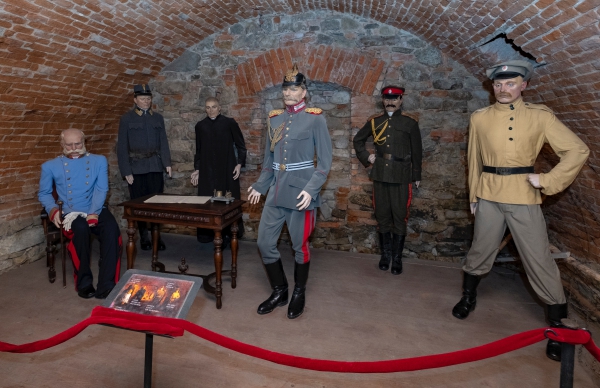
The two world wars have left their mark on the city and its surroundings; military cemeteries and memorials remind us of the meaningless death of millions.
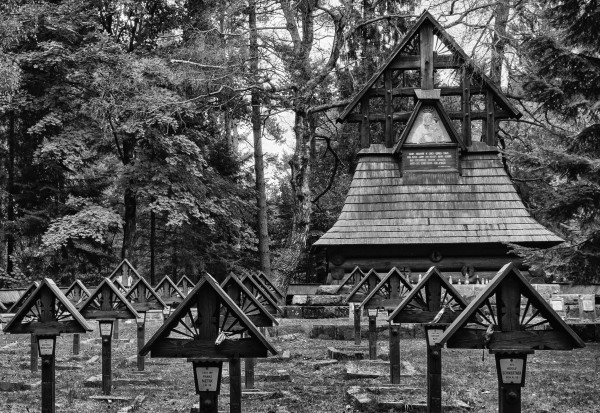
However, I and my husband agree that local Poles don’t seem to be haunted by the shadows of the past. They are kind, helpful and energetic. Their hospitality almost constitutes the offence of “manslaughter by overfeeding”. We were eating or tasting something around-the-clock, and they were frowning on us if we said “No thank you, I’m full”. “Drink a shot of vodka”, they say, “and then you’re ready for the fifth course”. I’ll tell you about Polish hospitality in detail in another post.
There are six reasons why I recommend you to discover this area:
1, The “oil forest” and oil lamps
2, Wooden churches (UNESCO World Heritage Sites)
3, Excellent hiking opportunities (in all-terrain vehicles, on foot, by bicycle)
4., Affordable prices (accommodation, meal, gasoline)
5, Local produce (beef, cheese, mushrooms, trout) and Polish hospitality, which I will discuss in more detail in another article
6, It is situated close to Hungary, and thus can be easily included in a Košice-Gorlice-Krakow tour.
For more photos, click on the photo gallery of the blog’s photographer here: http://wirchow.jalbum.net/Gorlice/
Useful information:
Our tour guide, Janusz Lewek, has given me his contact details. Contact him if you want to discover the oil history of Gorlice, whether in small or large groups (janlew60@o2.pl +48604132429)
If you wish to go on an off-road tour with all-terrain vehicles, you should contact Marcin Janusz’s company named Podroze4x4. Web: www.podroze4x4.pl.
Find further tourist information visit http://www.gorlice.pl/.
Thanks to the Tourist Office of Gorlice and the Polish Ministry of Foreign Affairs that helped me to discover Gorlice and its surroundings.

All the photos included in this post have been taken by dr. Krisztián Szalai, photographer of the “Élet sója” (Salt of Life) blog. Any copying or use of these photos requires a permission of the author. If you would like to request permission, please contact us at blog@eletsoja.hu.
